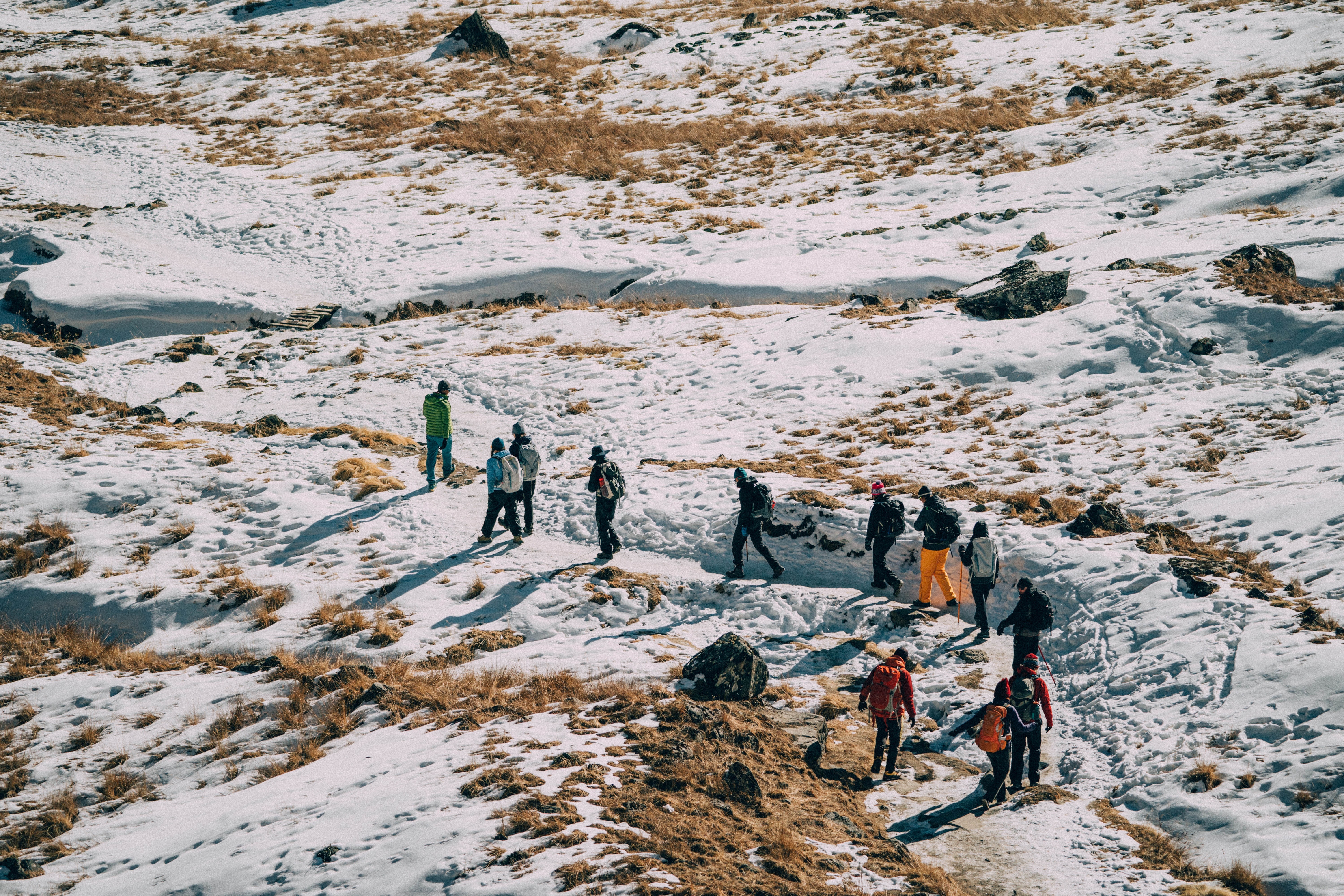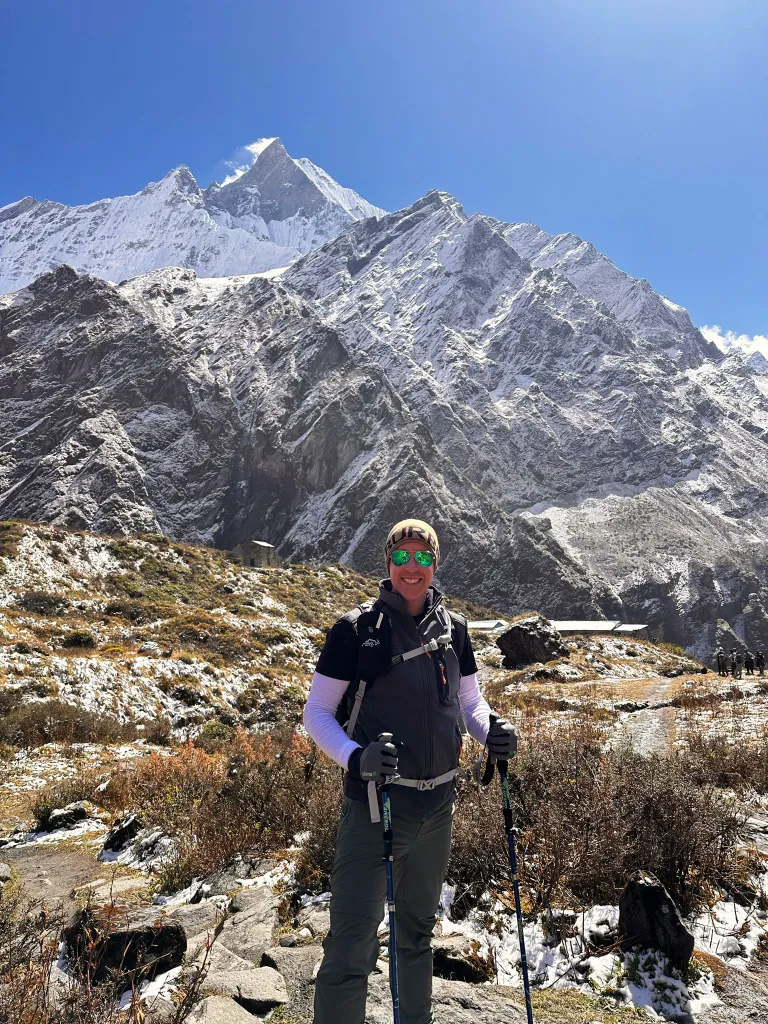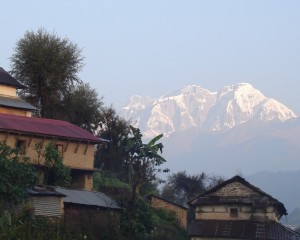Everest Expedition
Knowing that it's the highest peak in the world, conquering Everest Expedition is a huge challenge and adventure. The day of May 29, 1953, is noteworthy and important in human history. At 11:30 a.m. on this day, Edmund Hillary from New Zealand and Tenzing Norgay from Nepal successfully ascended Mount Everest. Before that time, several mountaineers had made attempts to climb the world's tallest peak but possibly couldn’t. Later, the very famous Tenzing Norgay and Edmund Hillary conquered the highest peak in the world, through the south col route. They were the most exciting climbers all around the world who created a new benchmark for Everest Expeditions.
Mount Everest is located in the Khumbu region, the boundary between Nepal and Tibet. The tallest mountain faces Tibet on its south face and Nepal on its north face which gives two ways to conquer the mountain, from the south through Tibet and north through Nepal. From both the Tibetan and Nepalese sides, Everest has been scaled. Mao Zedong led the Great Proletarian Cultural Revolution, often known as the Cultural Revolution, which saw China close its borders with Tibet and increased interest in climbing Mount Everest from its southern slope.

How Difficult is the Mount Everest Expedition?
Everest Expeditions is challenging and expensive too. The huge mountain stands out as the biggest climbing challenge in the globe. People are fascinated by the idea of climbing Mount Everest while setting records as well. Each year from Nepal, over a thousand mountaineers attempt to summit Mount Everest, where numerous records have been attained.
Excursions to Mount Everest do include a certain amount of risk. Because of the extremely challenging altitudes and the resulting air pressure (or lack thereof), the punishing weather that can change rapidly, and the sheer difficulty of the world's tallest peak, expeditions to Mount Everest are more challenging. These challenges continue to drive us to make every attempt to create the best and safest Everest adventure for you. Our years of expertise have taught us to never stop learning and developing. The risk and the achievement are real because few people can say they have ascended the world's tallest peak. Earning the title of Everesteer requires a lot of work, dedication, and passion to take the challenge.
Best time for the Everest Expedition
We will design the ideal Everest tour for you to help you achieve your ultimate climbing objective. Generally speaking, April, May, October, and November are considered to be the best months to attempt to climb Everest. The time when the snow in the peaks is low is selected. During this time the mountaineers find the expedition much easier compared to the time full of snow. In winter the place can’t even be thought to climb due to the heavy snow. Hence, you must plan your trip mostly during May- April, the most favorable time for the climb.
Itinerary
Day 01: Arrival day in Kathmandu (1,300m/4,264 ft)
Welcome to the Himalayan country, Nepal. When you land at Tribhuvan International Airport, our representative will welcome you and assist you in getting to your hotel in Kathmandu. Following a short period of recovery, you'll meet and go to one of Kathmandu's well-known Nepalese eateries for a welcome meal, a tour briefing, and an overnight stay at the hotel.
Day 02-03:Preparation for the Expedition followed by the short briefing in the Ministry of Tourism
After a formal briefing in the Ministry of Tourism, you are free to explore this lovely city. Those who have visited there before would know that it is a spectacular combination of bustling bazaars, temples, and shrines with a mix of antique and modern architecture. The final place to buy any missing items is Kathmandu, therefore our adventure guide will also check everyone's equipment.
Day 04: Fly to Lukla & trek to Phakding (2,652m/8,700 ft) 3-4 hrs walk
On this day, we take a spectacular flight of nearly about 40 minutes from Kathmandu to the deadliest airport in the world, Lukla. You can also have a stroll while the guide divides and sorts the load of luggage that needs to be carried by porters. The guide will oversee the lunch venue if much time is left after the flight. After this, we will take a short walk to Phakding village, where we will stay overnight. We then spend the remaining time exploring the community to learn more about it.
Day 05: Trek to Namche Bazaar (3,440m/11,283ft) 5-6 hrs walk
After breakfast, we will hike alongside the Dudh-River Koshi's and cross it twice on small suspension bridges before reaching the town of Monjo, which serves as the park's main entrance. After a mild slope, we arrive in Jorsalle, the last settlement before Namche Bazaar, as we near the National Park's border. The Dudh-Koshi River is crossed by this suspension bridge. The Khumbu Region's capital, Namche, is a bustling commercial hub.

Day 06: Acclimatization day at Namche Bazaar
Throughout our day in Namche Bazaar, we will take breaks and allow our body time to acclimate to the 3,440m/11,283ft altitude. The Everest View Point hotel offers an incredible panoramic view, so you may spend the day relaxing there or exploring the market. Even though there is just one other market in the area on Saturdays, customers can be seen swarming there to buy their daily essentials. After seeing the Sherpa Museum, a great place to learn about Sherpa culture and the history of mountaineering, you can take a stroll back to your overnight lodging.
Day 07: Trek to Tyangboche (3,867m/12,684ft) 5-6 hrs walk
After a relaxing stroll through the forest and a breathtaking view of the mountains, we start our hike this morning after breakfast. the breathtaking view of the snow-capped eastern mountains, which includes Kwangde Peak, Ama Dablam, Nuptse, Lhotse, and Everest. They hardly move as they ascend a jungle-lined trail to reach Tyangboche. The massive monastery, followed by the vast field with camping areas, teahouses, and lodges beneath the tall, spectacular, and gorgeous peak of Ama Dablam, is one of the most scenic places in the Himalayas.
Day 08: Trek for 5-6 hours to Dingboche (4,358m/14,295 ft)
After breakfast, we travel through rhododendron trees, meadows, and the Buddhist nunnery at Deboche before arriving at the Imja Khola. Hug the valley wall before making your way across the plains to Dingboche, the start of the Imja Tse valley. The most challenging routes pass through Dingboche, Chukung, and farther yet on their way to the Makalu region and Hinko valley through the Sherpani col (6,100m), Amphu Laptsa passes (5,780m), and the Island peak.

Day 09: Dingboche to Lobuche (4,910m/16,104 ft) 5-6 hrs walk
Take on the challenging ascent to the terminal moraine of the Khumbu Glacier and continue the challenging path to your resort, Lobuche. Overlooking the huts is the iconic Lhotse Ridge.
Day 10: Trek to Everest Base Camp (5,364m/17,593ft) 5-6 hrs walk
After breakfast, we continue the trek to Gorekshep through a steep, meandering trail that provides breathtaking views of Mount Pumori, Mount Nuptse, and other high peaks. After lunch, we carry on our trek to Everest Base Camp, where we will spend the night.
Day 11-60: Climbing Period for Mt. Everest
We shall traverse the Icefall as little as possible.
Camp 1: 20000ft. (6,400m)
Camp 1 is situated in a flat area covered with endless snow, deep crevasses, and mountainsides. Because of the Sun's reflection on this place, we feel warm and take in the environment. We spend the evenings listening to the deep, crackling murmurs of crevasses beneath our tent. Now, we must traverse these places on foot to reach camp 2.
Camp 2: 21000ft. (6,750m)
Camp 2 is located at the base of the snowy Mount Lhotse wall, which we must pass through, at a height of 21000 feet. Despite the beautiful weather at the moment, black clouds are moving from the low range of the Himalayas down to the foot of camp two. But sometimes it seems as though the wind in this area is so fierce that it could sweep our tents away. Upon ascending these palaces, we arrive at camp 3.
Camp 3: 22300ft. (7,100m)
Camp 3 is situated near Mount Lhotse's wall at a height of 22300 feet. After scaling the 4,000-foot Lhotse wall with fixed rope and proper acclimatization, we arrive at camp 4. We must also ascend the challenging permit bands along the way (lose, down-slopping, and rotten limestone). After briefly traversing a snowfield, the path continues up the Geneva Spur to the east and ends on the flats of the south col. (Another well with the name Saddle of Pass.) In case the climbers need it, oxygen should probably be used above base camp 3.
Camp 4: 26000ft. (8,400m)
At a height of 26000 feet, camp 4—the expedition's final camp—is where we are right now. About 500 meters separate us from the summit. This is the last and riskiest part of the ascent. Here, the winds are blowing ferociously and furiously. The most common approach to the O top is through the South-East Ridge, which is brief and lies at 28710 feet before the South Top. It is a short ascent from here to Everest peak, which is located at 29028 feet above sea level. This route was used by the late Tenzing Norge Sherpa and Edmond Hillary in 1953.

Day 61: Base Camp - Thyanboche (3,867m/12,684 ft)6-7 hrs walk
After today's fantastic climbs, we're going to Tangboche.
Day 62: Thyanboche - Phakding (2,652/8,700m ft) 5-6 hrs walk
After breakfast, make the short trek to Phunkethanga, a quaint settlement with a few teahouses. The track ascends via a wooded path full of lovely memories from here. Trek to Sanasa and over a suspension bridge over the Dudh Koshi River. From there, you can continue to Phagding for the night.
Day 63: Phakding - Lukla (2,800m/9,186 ft) 3-4 hrs walk
Today's hike is rather straightforward; we ascend and descend a few hills while continuing on the route we used to reach Lukla the previous day. It will take around 4 hours to get back to Lukla. Your guide will confirm your flight for the next morning after you take a quick shower. If you wish to, you can go for a walk. Spend the evening in your hotel after enjoying your trip's final celebratory dinner with the group.
Day 64: Lukla - Kathmandu
Today is the day to depart from the mountain after this wonderful climb to Everest. By way of an early-morning flight, you'll return to Kathmandu, where our guide will meet you and take you to your accommodation. You might have some downtime to relax, recover your breath, and sleep in your hotel after a hard flight. If we meet again, start by discussing your trip.

Day 65: Final Departure
Today is free for leisure activities or last-minute shopping for souvenirs or gifts for your family, friends, or relatives before your departure flight/drive or the start of any other adventures or activities you may have arranged with us. If you are departing, you will be driven to the airport so you may board a plane for your next destination. Here, our journey ends.
Cost for Mount Everest Expedition
The cost of the majestic Mount Everest Expedition with Nepal Vision Treks & Expedition is approximately US $50000 per person. The price includes various charges like domestic airfares as well as the fees for the vehicles, your lodging in the valley, dinner in the city, and other expenses throughout the journey to Everest. Book your dates with us and do not miss out on the great opportunity to conquer the highest peak in the world.







